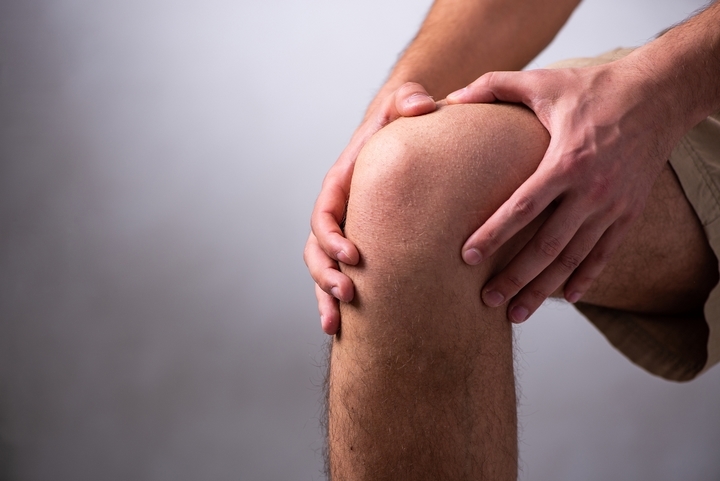The tailbone is a small structure of triangular bone located at the base of the spine. It’s where several ligaments, tendons, and muscles attach. A strong tailbone supports you when you’re sitting, and the connections there help to control bowel movements. When there is severe physical trauma to this area, a broken tailbone can cause a collection of painful symptoms.
Some severe broken tailbone symptoms include:
- Any sort of paralysis in the body
- Severe neck and back pain
- Total loss of bowel or bladder control
- Significant numbness or weakness in the legs or arms
These are all causes for concern, especially if they worsen over time. If you start to show signs of severe spinal cord injury that goes beyond the symptoms of a broken tailbone, this is when to consider it an emergency and see a doctor.
Before jumping to conclusions, you should first get evaluated by a physiotherapy clinic. After the initial assessment, you can develop a treatment plan. The broken tailbone should heal slowly over weeks with no issue. Let’s learn about the different broken tailbone symptoms and what to do.
Symptom #1: Tenderness

A tailbone may be tender to the touch. If you’ve ever ridden a bicycle for a long period, after getting off, the part of your body that is strained from all that friction and pressure is exactly where there may be some tenderness.
When there is a break in your tailbone, the tenderness can be severe and constant. This broken tailbone symptom can make things like sitting, lying down, and resting very difficult. You will need a lot of patience and certain accommodations in the recovery phase.
Symptom #2: Broken or Bruised Tailbone

A broken tailbone is not common. It is far, far more likely the tailbone is bruised or that a ligament in this area has been pulled. The symptoms of broken and bruised tailbones are similar to how these injuries are treated.
However, if there is a break, it can happen in several ways. Bone fragments can be displaced. It could be a hairline fracture. In some instances, the tailbone can break into multiple pieces as well.
Symptom #3: Bruising or Discoloration

A bruise or bruise-like discoloration can often present if the injury is particularly traumatic. Evaluation from a doctor is needed, of course, to verify there is not any internal bleeding or complications. However, if you have already been examined, you can expect this to be simple bruising that will resolve in time. If you notice any changes to how the bruise looks, you may want to contact your physician or go to a local emergency room.
Symptom #4: Dull Pain

The most common symptom of a broken tailbone is a dull pain in the very low back. This pain is almost constant, located just above the buttocks. This is a fairly good indicator that you have bruised or broken your tailbone.
If the pain worsens when you are sitting or when you are in the process of standing up from a sitting position, this is also a sign that something is going on around your tailbone that needs to be addressed.
Symptom #5: Momentary Bouts of Intense Pain

The dull pain of a bruised or broken tailbone will increase and intensify during a bowel movement or sexual intercourse. As the muscles and ligaments used in these activities wrap around the tailbone, any major trauma here could cause extreme discomfort during either. In some cases, you may experience irregular bowel movements due to the inability to properly control these muscles.
Symptom #6: Swelling Around the Tailbone

Swelling is something else you will feel with a broken tailbone. Depending on the severity of the break, it’s not uncommon for recovery time to be 8-12 weeks for a tailbone fracture. In this time, swelling will be something you have to contend with.
A way to resolve to swell is to adopt an anti-inflammatory diet. This will help reduce inflammation. Also, an ice pack or cold pack applied 10-20 minutes every hour or two will help reduce the swelling.
Symptom #7: Numbness or Tingling in the Leg

A broken tailbone can cause pain or numbness in the legs due to pressure on the nerves. The numbness can come on suddenly. You may experience a mild tingling sensation as the nerves heal. Weakness in one or both legs is possible.
These are all signs that mean a doctor should see you verify that there isn’t something more serious at play surrounding a broken tailbone. In time, numbness and tingling should slowly disappear.
Once you’ve confirmed with a doctor that you’re dealing with a broken tailbone and that there aren’t any complications, unfortunately, there’s not much more to do than let it heal naturally. As you’re going through the healing process, you may be prescribed pain medications at the discretion of your doctor or be injected with a local anesthetic in very rare cases.
All in all, you want to try and relax as best as you can and lessen the discomfort as your tailbone slowly heals up.




